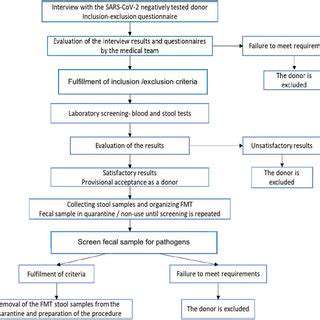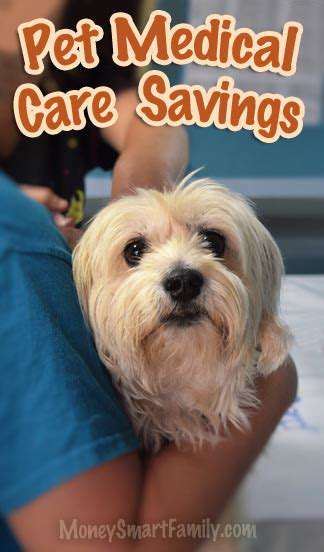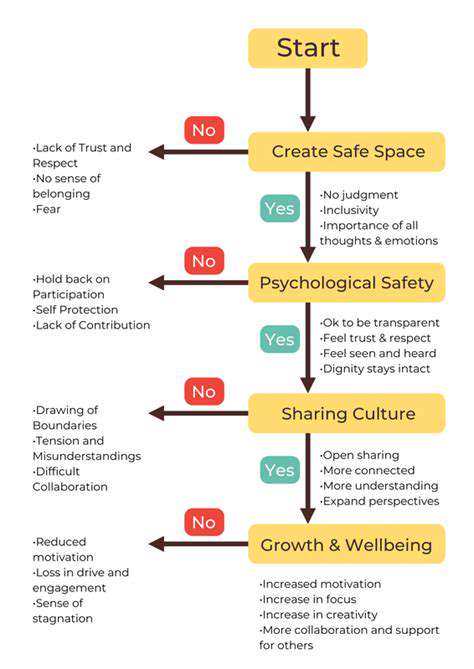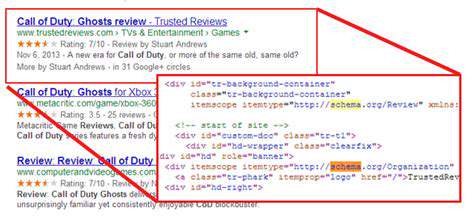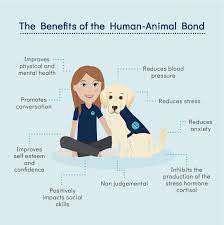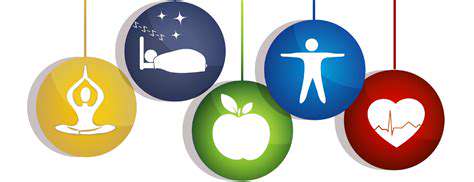The Role of Gentle Exercise for Senior Pets
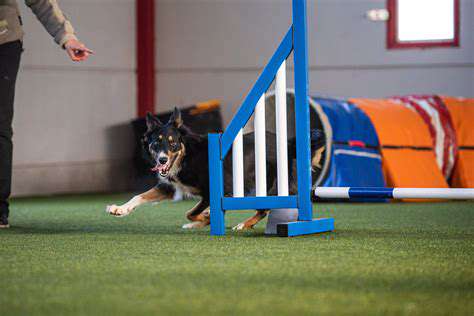
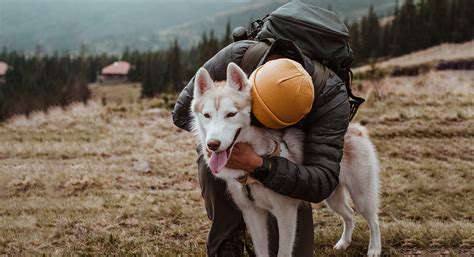
Low-Impact Exercises for Senior Dogs
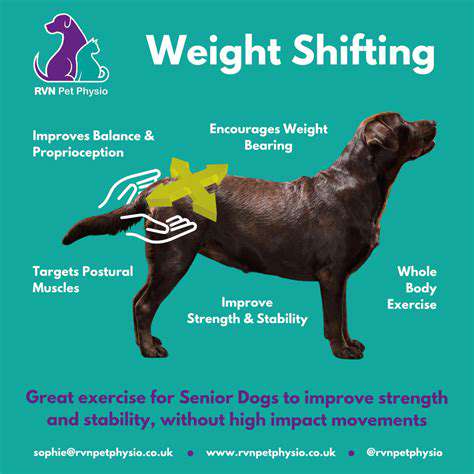
Low-Impact Cardio Options
Senior dogs benefit greatly from activities that boost heart health without straining their joints. Low-impact cardio is a perfect fit for older pups. Short walks, gentle swims, or leisurely cycling sessions provide excellent cardiovascular benefits while protecting aging joints. Many veterinarians recommend these activities because they help maintain mobility without excessive wear and tear.
Water exercises deserve special mention for arthritic dogs. The natural buoyancy supports their weight, taking pressure off sore hips and knees. Hydrotherapy pools with controlled temperatures offer particular advantages, as the warmth helps soothe stiff muscles while allowing full-range movement.
Gentle Strength Training
Muscle preservation becomes increasingly important as dogs age. The key lies in using proper techniques with minimal resistance. Instead of heavy weights, try simple bodyweight movements or light resistance bands designed specifically for canines. These methods build strength gradually without risking injury.
Controlled movements like sit-to-stand transitions, slow stair climbing with support, or gentle tug games with soft toys can effectively maintain muscle tone. Always monitor your dog's breathing and watch for signs of fatigue - it's better to do multiple short sessions than one long, exhausting workout.
Flexibility and Balance Exercises
Older dogs often struggle with coordination and flexibility. Daily stretching routines and balance challenges can dramatically improve their mobility. Simple exercises like cookie stretches (guiding their nose toward their hip) or slow weaving through cones help maintain range of motion.
For advanced balance work, try having your dog stand on different surfaces - start with firm ground, then progress to slightly unstable surfaces like foam pads. Always provide support and keep sessions brief to prevent frustration or fatigue.
Proper Technique Matters
Correct form separates beneficial exercise from potential harm. Poor movement patterns can cause more damage than inactivity. Consider consulting a canine rehabilitation specialist to learn proper positioning and movement techniques tailored to your dog's specific needs.
Watch for subtle signs like uneven weight distribution or favoring one side during exercises. These often indicate discomfort or muscle imbalances needing attention. Adjust activities accordingly to prevent compensatory movements that could lead to injury.
Customizing the Routine
Every aging dog has unique requirements. Factors like breed, weight, previous injuries, and current fitness level all influence what exercises work best. Your veterinarian can help design a personalized program that addresses your dog's specific health considerations while keeping activities enjoyable.
Pay close attention to your dog's response during and after exercise. Increased stiffness the next day might suggest the need to reduce intensity. Conversely, if they seem energetic afterward, you might gradually increase the challenge.
Progressive Challenges
Skillful progression keeps the body adapting without overwhelming it. Start with just a few repetitions of simple exercises, then slowly add more as strength improves. The best approach alternates between maintaining current abilities and carefully introducing new challenges.
Consider keeping an exercise journal to track progress. Note the duration, type of activity, and your dog's response. This helps identify what works best and when to make adjustments. Celebrate small victories - even minor improvements in mobility significantly impact quality of life.
Safety First
Preventive measures make all the difference for senior dogs. Always begin with a proper warm-up - perhaps a short massage or gentle walk before more intense activity. Invest in non-slip surfaces and consider harnesses for added stability during exercises.
Watch for warning signs like excessive panting, reluctance to continue, or changes in gait. Have water available at all times and avoid exercising in extreme temperatures. Remember - the goal is maintaining health, not achieving peak performance.
Read more about The Role of Gentle Exercise for Senior Pets
Hot Recommendations
- Customized Sleep Schedules: AI Driven for Sustainable Rest
- Crafting a Personalized Productivity Plan for Mental Clarity
- Sustainable Self Compassion: Cultivating Kindness Towards Your Mind
- Sustainable Productivity Hacks for the Busy Professional
- Sustainable Wellness for Parents: Balancing Family and Self Care
- Data Informed Self Care: Designing Your Personalized Wellness Strategy
- Sustainable Wellness for a Purpose Driven Life
- AI Assisted Mindfulness: Personalized Meditations for Deeper Practice
- Building Inclusive Mental Health Services: Key Initiatives
- AI Powered Self Care: Customizing Your Routine for Maximum Impact

